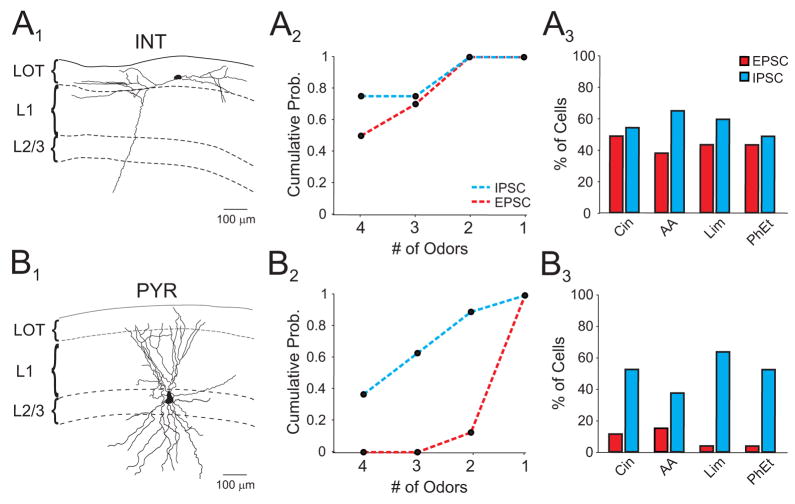Figure 4. Interneurons receive widespread and broadly tuned odor-evoked excitation.
(A1) Morphologically identified interneuron following in vivo recording. Only the soma and dendritic arbors are shown in reconstruction. (A2) Selectivity of odor-evoked EPSCs and IPSCs in interneurons. (A3) Interneuron population responses. (B1) Morphologically identified pyramidal cell. Only the soma and dendritic arbors are shown in reconstruction. (B2, 3) Pyramidal cell selectivity and population responses. Odors: cineole (Cin), amyl acetate (AA), R-limonene (Lim), phenyl ethylalcohol (PhEt).

